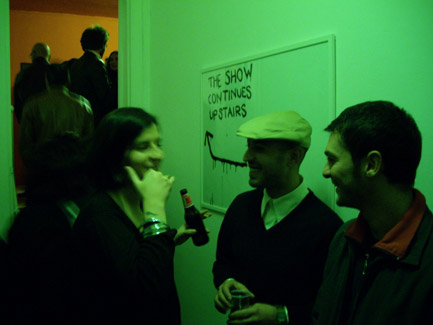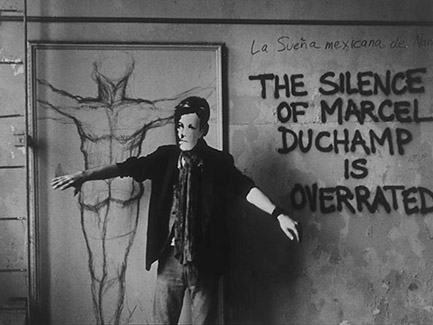In the utopian socialism of Charles Fourier (1722-1837), the Phalanstery is a big building meant to host a large community of workers and with no need of prisons and court being free from violence and crime.
On 17th November, Supportico Lopez reopens. It is an exhibition centre, a curatorial project thought and founded in 2003 by Gigiotto Del Vecchio, an art critic and indipendent curator. Today it is proposed and run with the free-lance curator Stefania Palumbo with the contribution of Sissa Verde, an indipendent curator herself.
After two years pause from the last artistic season with the exhibition of Scott King curated by Sonia Rosso, Sebastian Hammwöhner and Luke Fowler, Supportico Lopez is active again thanks to the precious support of the Angels of Love, a leading group in the promotion and organization of musical events and today an important fashion firm as well. Supportico Lopez is a center of promotion and dissemination of contemporary art; Supportico Lopez is named after the street it stands in, a wonderful alley in the heart of one of the most typical and difficult district of Naples, Sanità, right behind Piazza Cavour and the National Museum, a few yards away from Fondazione Morra and the Museum of Contemporary Art Madre.
Supportico Lopez isn’t a gallery, but a project space, a place characterised by cultural proposals and discussion in the attempt to add another piece of activity and ferment of the town of Naples, suggesting hypotesis of confrontation and contribution with different realities and both public and private structures.

